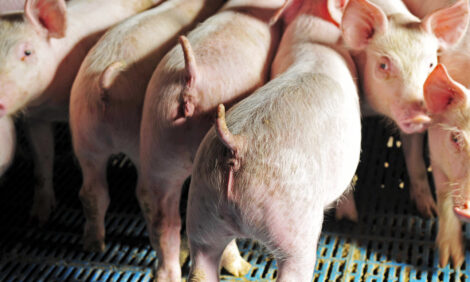



Natural History of Porcine Circovirus Type 2
SPAIN - A review published recently by researchers from the Research Centre for Animal Health (CReSA) summarises current knowledge on the natural history of infection with porcine circovirus type 2 (PCV2) and related diseases.The perception of the importance of such pathogenic PCV2 has changed dramatically in the last 15 years.
The ubiquitous nature of the virus, retrospective evidence of this infection long before the disease association (PMWS or PCV2-associated systemic disease), the multifactorial etiology of the disease systemic PCV2 and the absence of proof consisting of Koch's postulates have caused great controversy about the capabilities of the real-pathogenic virus.
The emergence of PCV2 vaccines radically changed this perception and this virus is now considered an important pig pathogen. In addition, the current PCV2 vaccines are used in most pig producing countries.
Moreover, the way the virus causes the disease is still a complex scientific problem and is still not completely solved.
It is known that the host, during infection, and the virus itself, are fundamental factors to consider in explaining the presentation of the disease at the individual level.
The emergence of the PMWS epidemic as a problem in the late 90s or mid-2000 could be related to a number of known and unknown variables.
Based on available data, international trade of pigs may have played an important role in the dissemination of sensitive pig genetic lines, as well as replacing the PCV2 genotype worldwide (PCV2b on PCV2) during this period.
This article was published in: Segalés J Kekarainen T Cortey, M. The natural history of Porcine circovirus type 2: From an Devastating harmless virus to a swine disease?, Veterinary Microbiology, Volume 165, Issues 1-2, 26 July 2013, Pages 13-20.
You can visit our PMWS/PCVAD page by clicking here.






